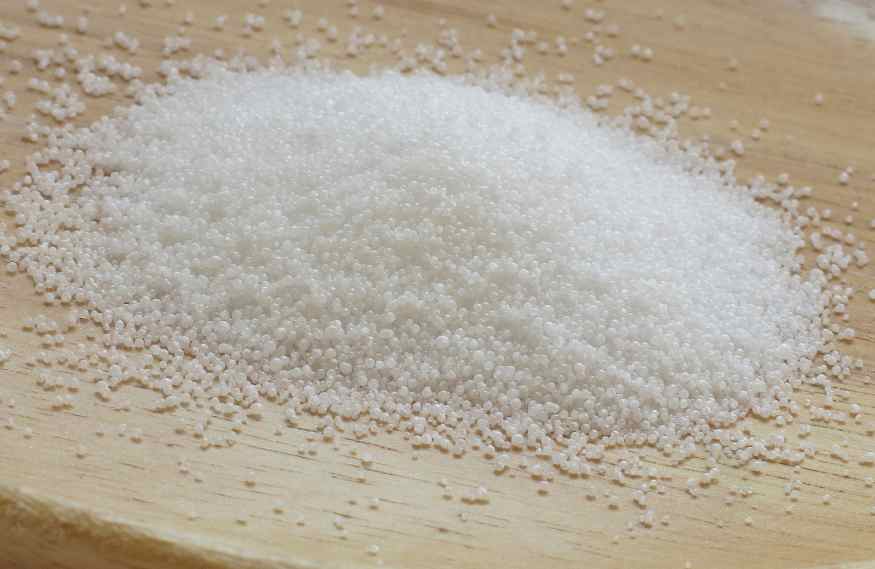Stearic acid is a saturated fatty acid with 18 carbon branches. Stearic acid as a substance that is very useful and beneficial in making candles, plastics, food supplements, oil pastes and cosmetics, as well as for softening rubber. It is worth mentioning that this substance is also used to harden soaps, especially soaps made with vegetable oil.
Types of stearic acid:
- Cosmetic grade stearic acid
- Rubber grade stearic acid
Application of stearic acid:
- -Industrial use for soap production (sodium or potassium salt of stearic acid are part of soaps)
- -To produce acetates including sodium acetate, magnesium acetate, calcium lead acetate, lead acetate, aluminum lead acetate, iron acetate and potassium stearate.
- -as oil-soluble paint solvents
- -Lubricating agent for colored pencils
- -Stencil lighting agent
- -Stearic acid glyceride emulsifier
- -Production of PVC pipes, sheets, profiles and films
- -PVC thermal stabilizers with good lubrication and excellent light and heat stability.
- -As an emulsifier agent in the thickening of many vegetable fats
- -In fireworks to cover aluminum and iron metal powders
- -In the manufacture and production of candles as a hardening agent
- -Production of cosmetics (stearic acid in cream making)
- -medicine
- -Washing soaps and detergents
- -Lubricants
- -Plasticizers
- -mold release agents
- -Surfactants
- -Rubber vulcanization accelerator
- -Waterproof agent
- -Metal flotation agents
- -Emollients
- -Organic chemicals
- -Personal care products
- -agriculture
- -Livestock and poultry feed
- -in castor oil to produce all kinds of softeners in the textile industry
- -From rubber grade stearic acid in the rubber industry in order to soften the rubber more


